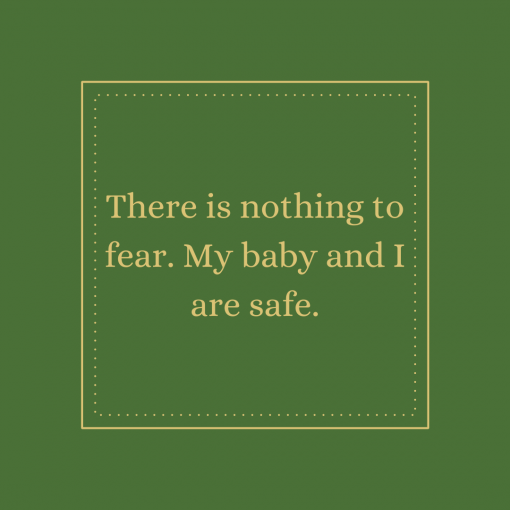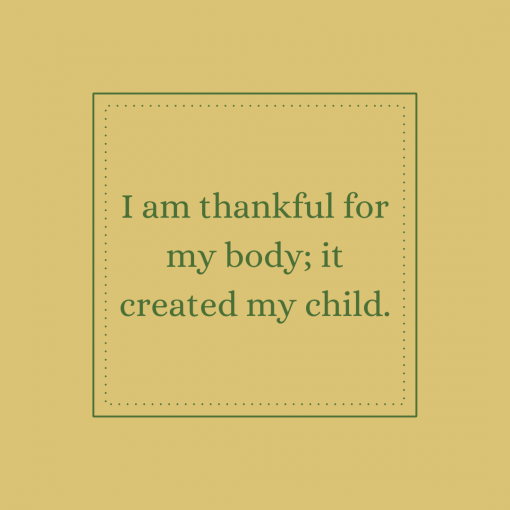You may have heard a friend refer to charting their cycle, or come across the term on the internet, but are wondering what that really means. Not to worry, I've got a quick introduction for you.
Cycle charting often gets confused with the rhythm method, but they are very different things! The rhythm method relies solely on counting the days of your cycle. The average cycle is 28 days, with ovulation occurring on day 14. Cycle charting is the process of tracking different signs and data points to properly identify when you are and are not fertile. This fertile window will vary by individual, and even by cycle, so it's important to know how to identify it.
Let's look at a couple of hypothetical examples to see how cycle charting and the rhythm method can have very different results.
Client A is currently trying to conceive. A knows that it's best to time intimacy in the few days leading up to ovulation, in order to optimize the chances of getting pregnant. Using the rhythm method, A focuses their efforts on days 10 to 14, but still have yet to conceive. When they switch to cycle charting, it becomes obvious that ovulation is actually occurring on day 19, so the likelihood of conceiving had been next to none.
Client B is actively trying to avoid pregnancy using the rhythm method. B avoids unprotected sex for days 10 to 15, but ends up with a surprise pregnancy. Had B been tracking signs of their fertile phase, they would have seen on day 16 that ovulation had not occurred yet, and known to continue to use another method of birth control.
Ready to start charting your cycle but not sure where to begin? Stay tuned for my post on five things to track, or reach out directly to see how I can help.




